Oil and Gas Report
Spoiled Parks: The 12 National Parks Most Threatened by Oil and Gas Development
The 12 Most Threatened National Parks
Drilling policies put in place by the Trump administration are accelerating leasing in national park landscapes and eliminating vital environmental protections. Without immediate action to counter these policies, the parks will suffer long-lasting harm to their natural, cultural and economic values.
This 2019 report was last updated in Fall of 2020.
Chaco Culture National Historical Park
Read more about Chaco Culture National Historical ParkHovenweep National Monument
Read more about Hovenweep National MonumentMesa Verde National Park
Read more about Mesa Verde National ParkTheodore Roosevelt National Park
Read more about Theodore Roosevelt National Park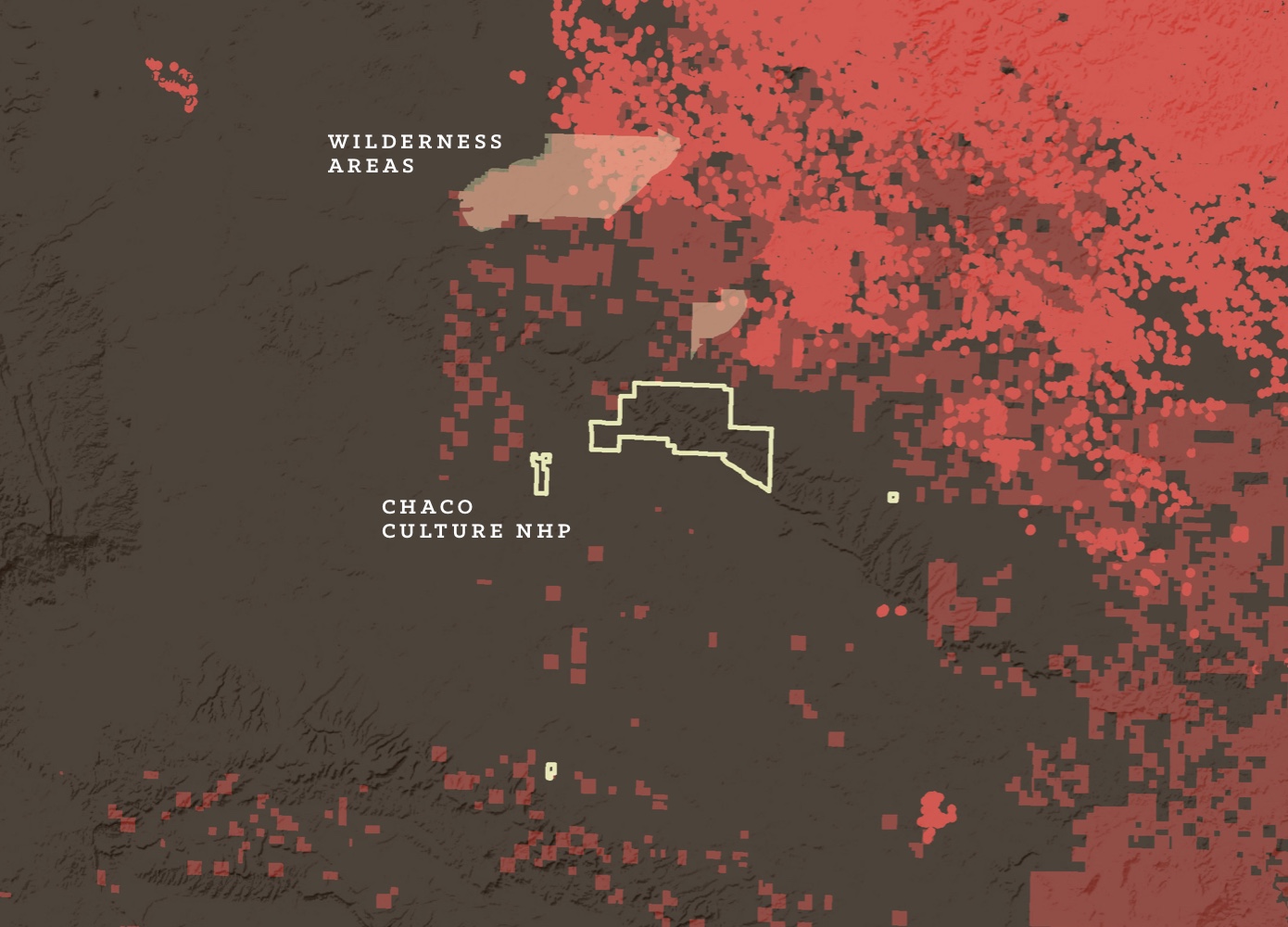
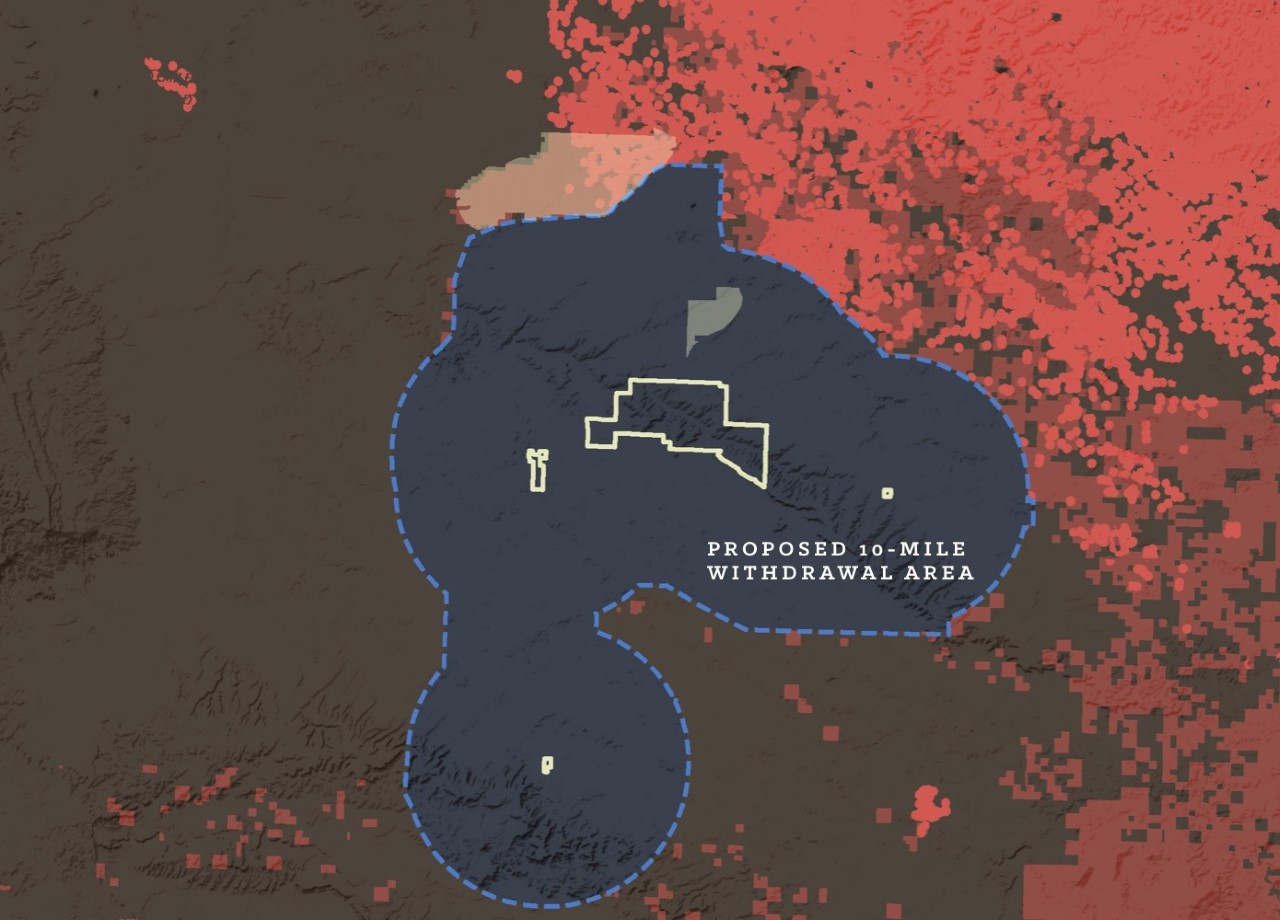
Potential & current oil drilling encroaches on Chaco National Historic Park & associated sites
A proposed 10 mile buffer would stop this drilling in its tracks.
By the numbers:
2,500 Square miles of a methane hot spot above the region
316,076 Acres that would be protected by the Chaco Cultural Heritage Area Protection Act
5,000+ Cultural sites currently unprotected in the Chaco region
Canyonlands National Park
Read more about Canyonlands National ParkRocky Mountain National Park
Read more about Rocky Mountain National ParkGreat Sand Dunes National Park & Preserve
Read more about Great Sand Dunes National Park & Preserve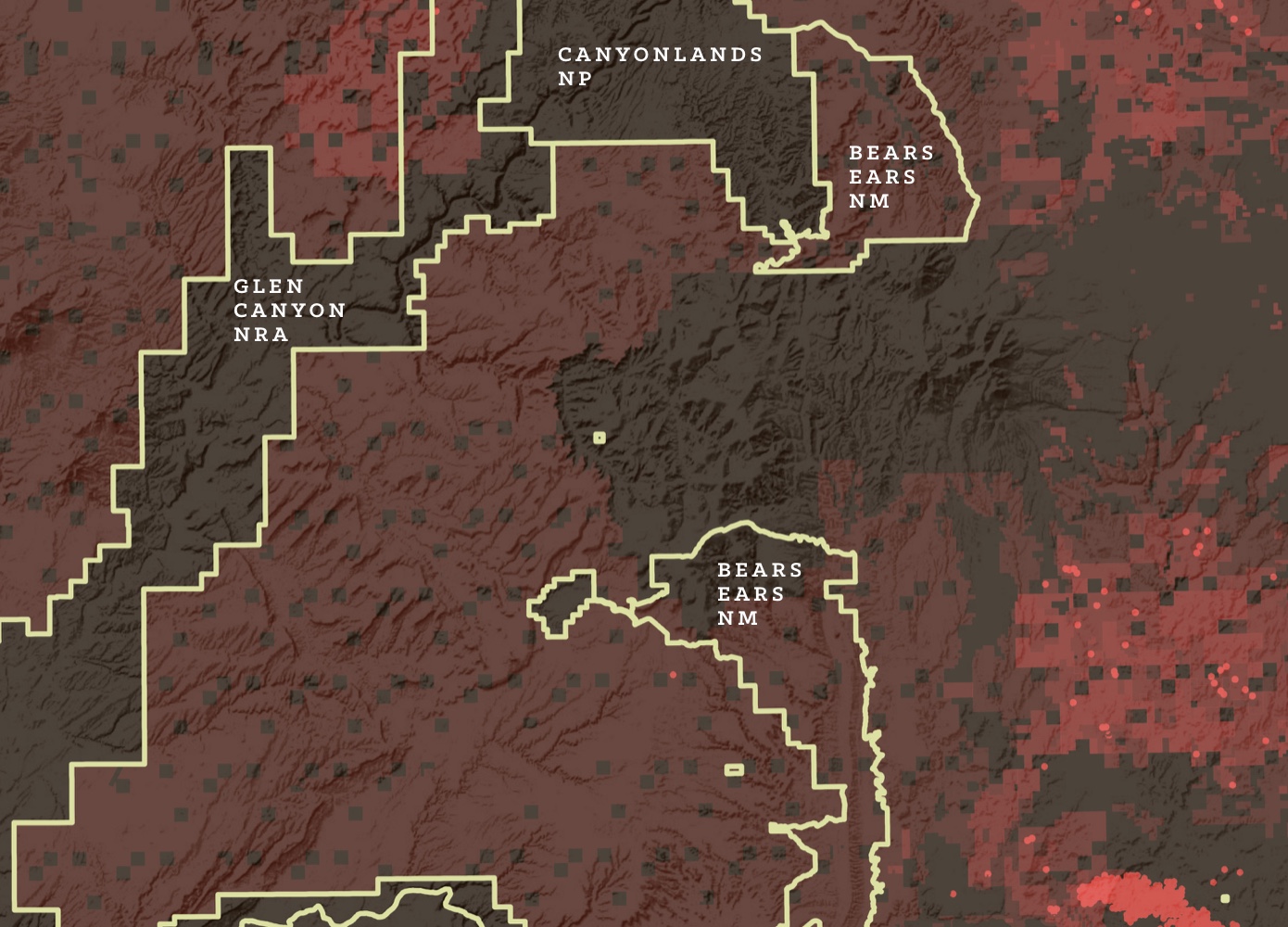
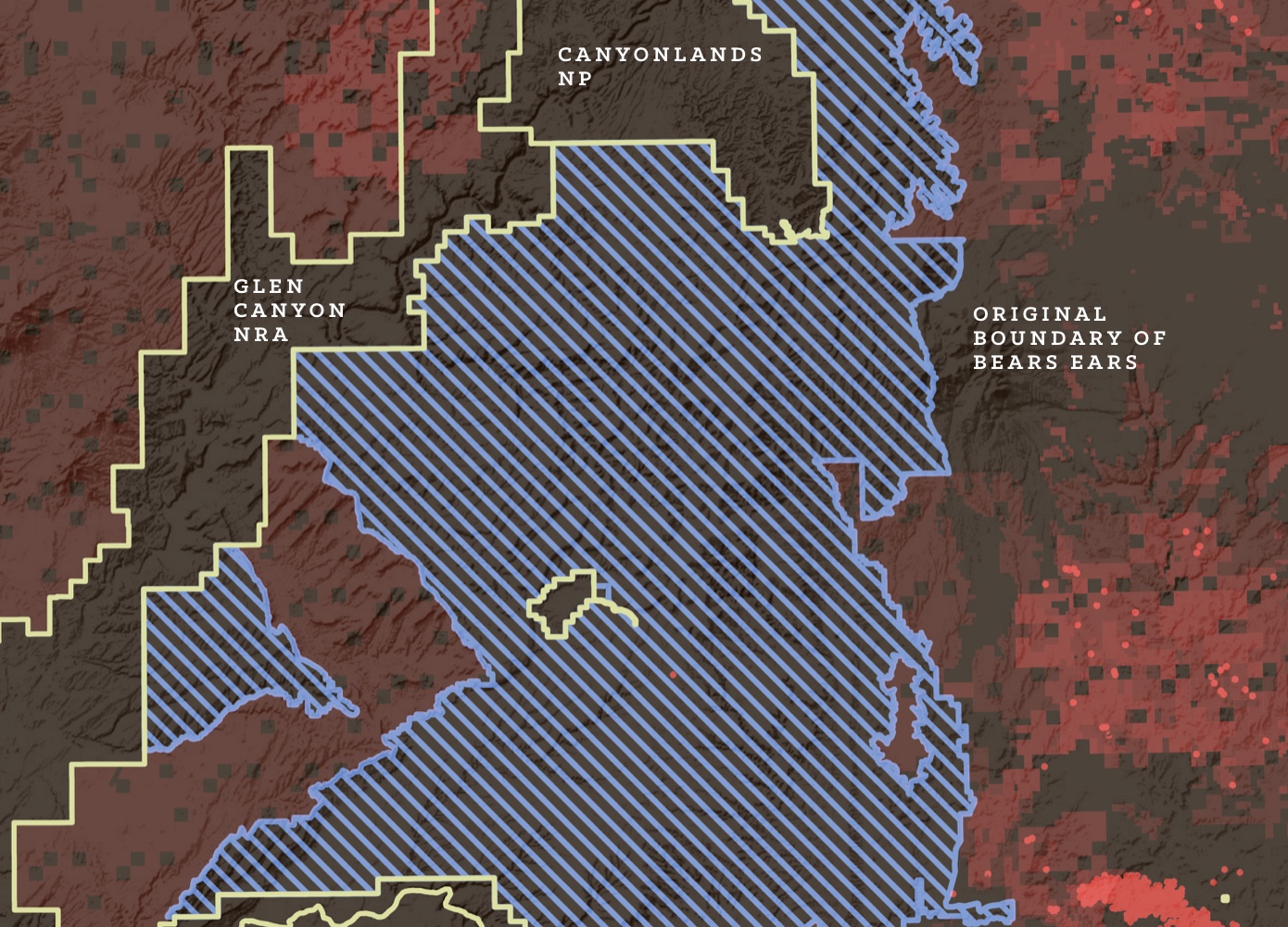
Recent Potential & current oil drilling encroaches on Canyonlands National Park and associated sites.
After the loss of the bulk of Bears Ears, tens of thousands of acres are being offered for lease every three months.
By the numbers:
0 Days Utah BLM allowed the public to review environmental analysis for leases covering 134,000 acres near the park
$2 Price paid per acre by oil and gas companies for more than 40 parcels near Canyonlands
$1 BILLION Amount national parks contributed to Utah’s economy in 2018
Grand Teton National Park
Read more about Grand Teton National ParkBig Cypress National Preserve
Read more about Big Cypress National Preserve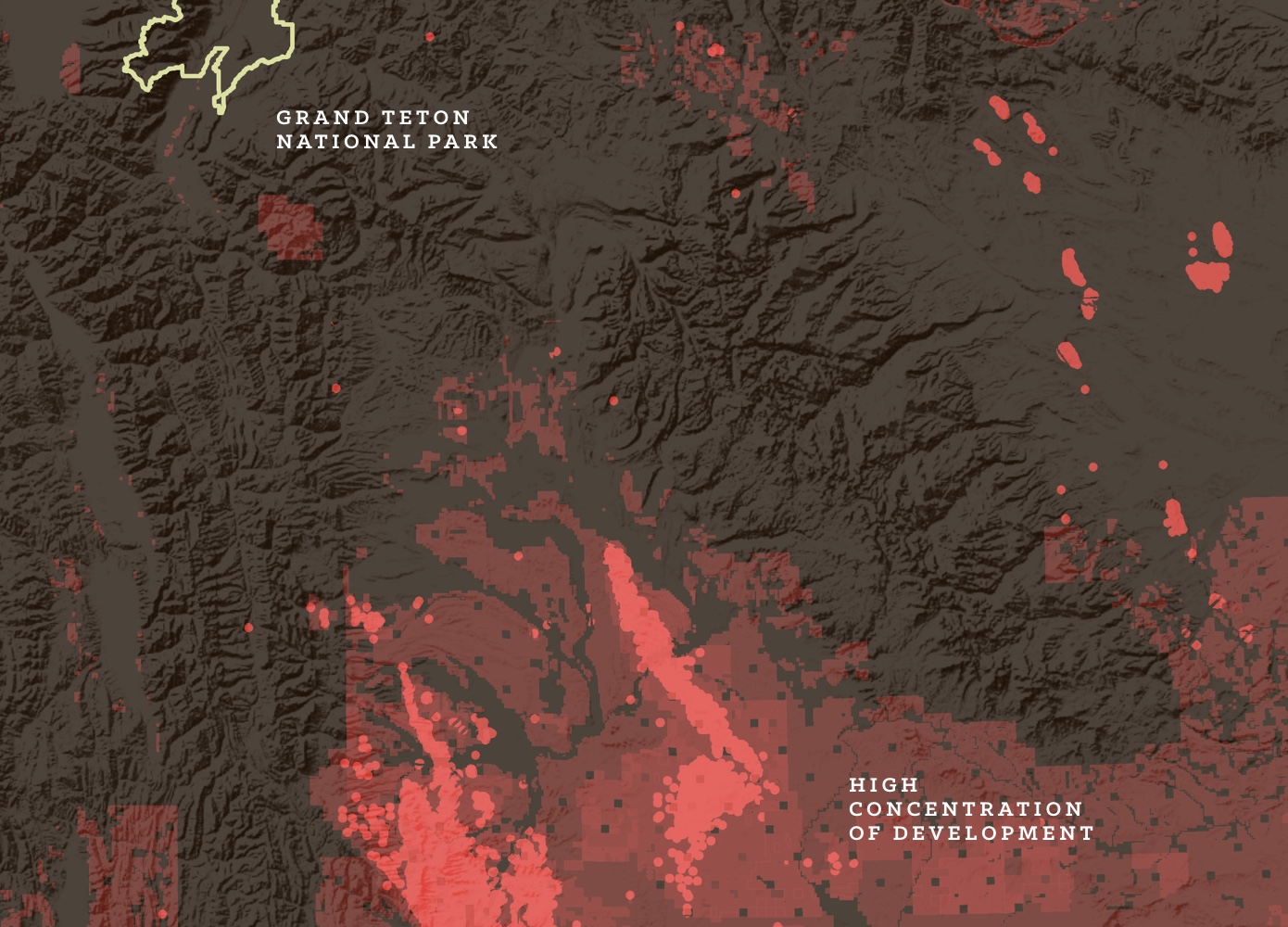
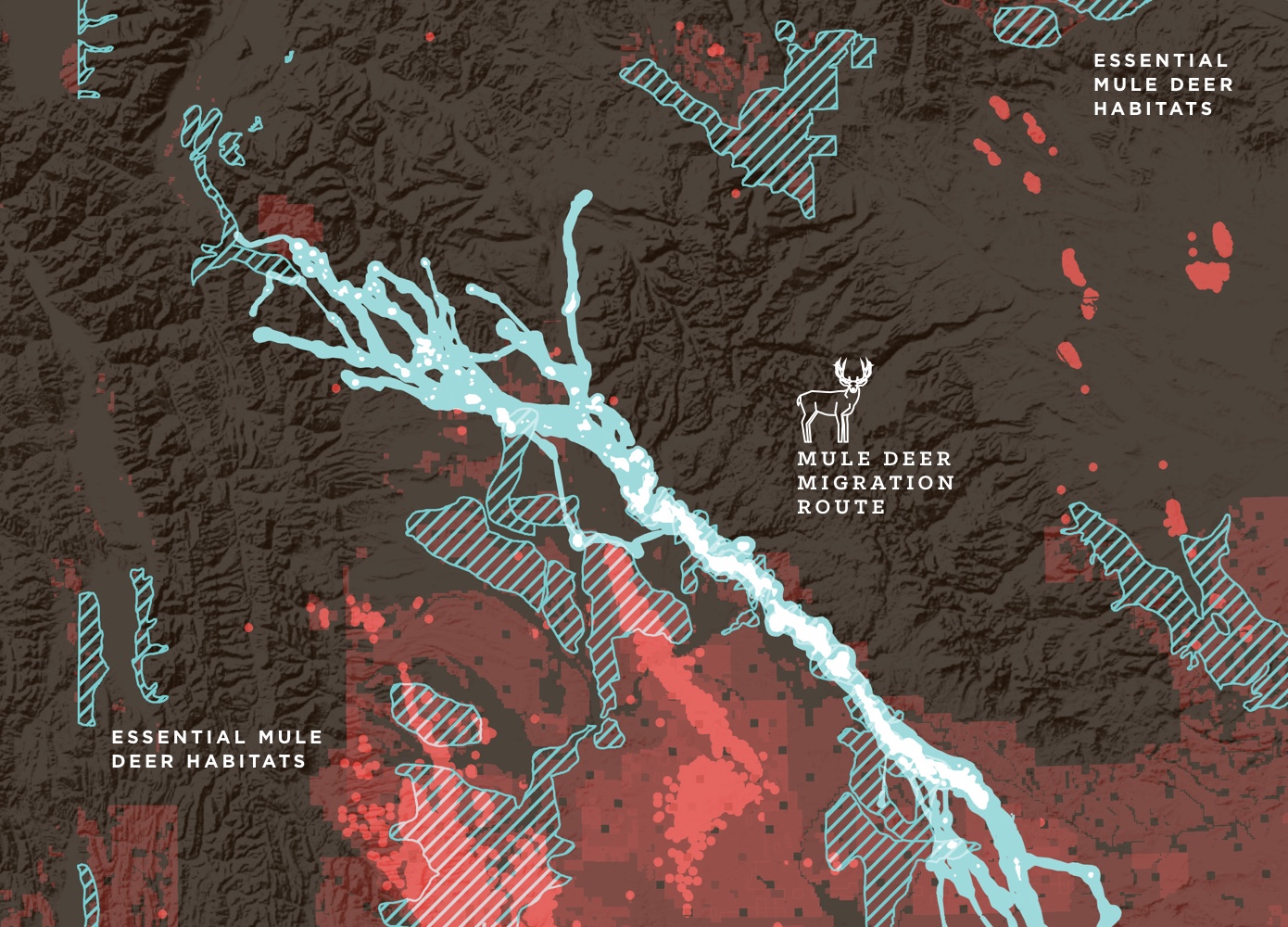
Potential & current oil drilling might not look like it affects Grand Teton & Yellowstone directly
But wildlife like the Mule Deer rely on the surrounding areas just as much as the park to live and migrate
By the numbers:
31% Percentage of the mule deer population lost since 1991
400% Percentage increase in applications for permits to drill in the last five years according to the Wyoming Oil and Gas Commission
242 The record-breaking number of miles traveled by a mule deer that holds the record for the longest documented land migration in the lower 48 states.
Sequoia National Park
Read more about Sequoia National ParkCarlsbad Caverns National Park
Read more about Carlsbad Caverns National ParkDinosaur National Monument
Read more about Dinosaur National Monument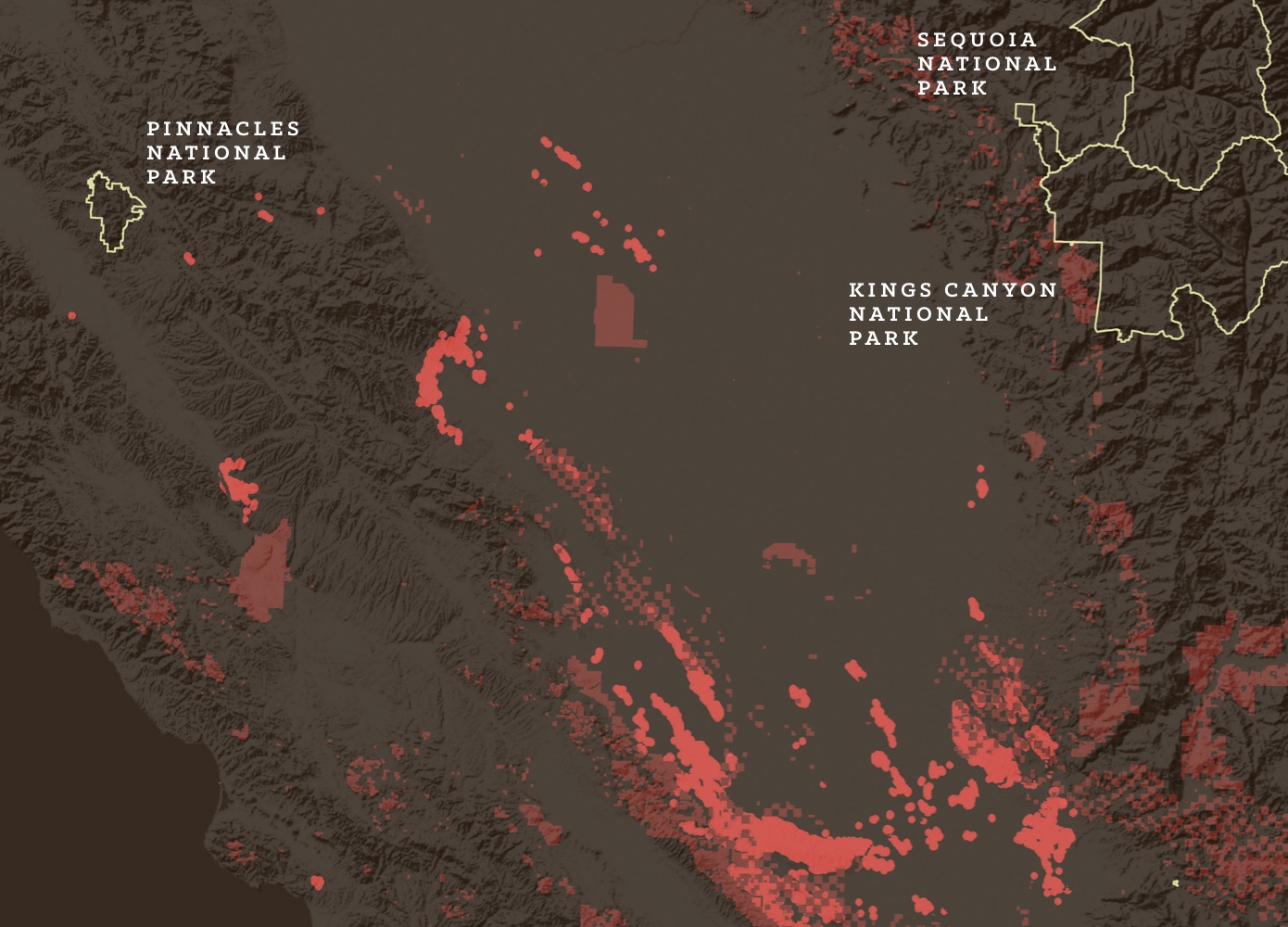
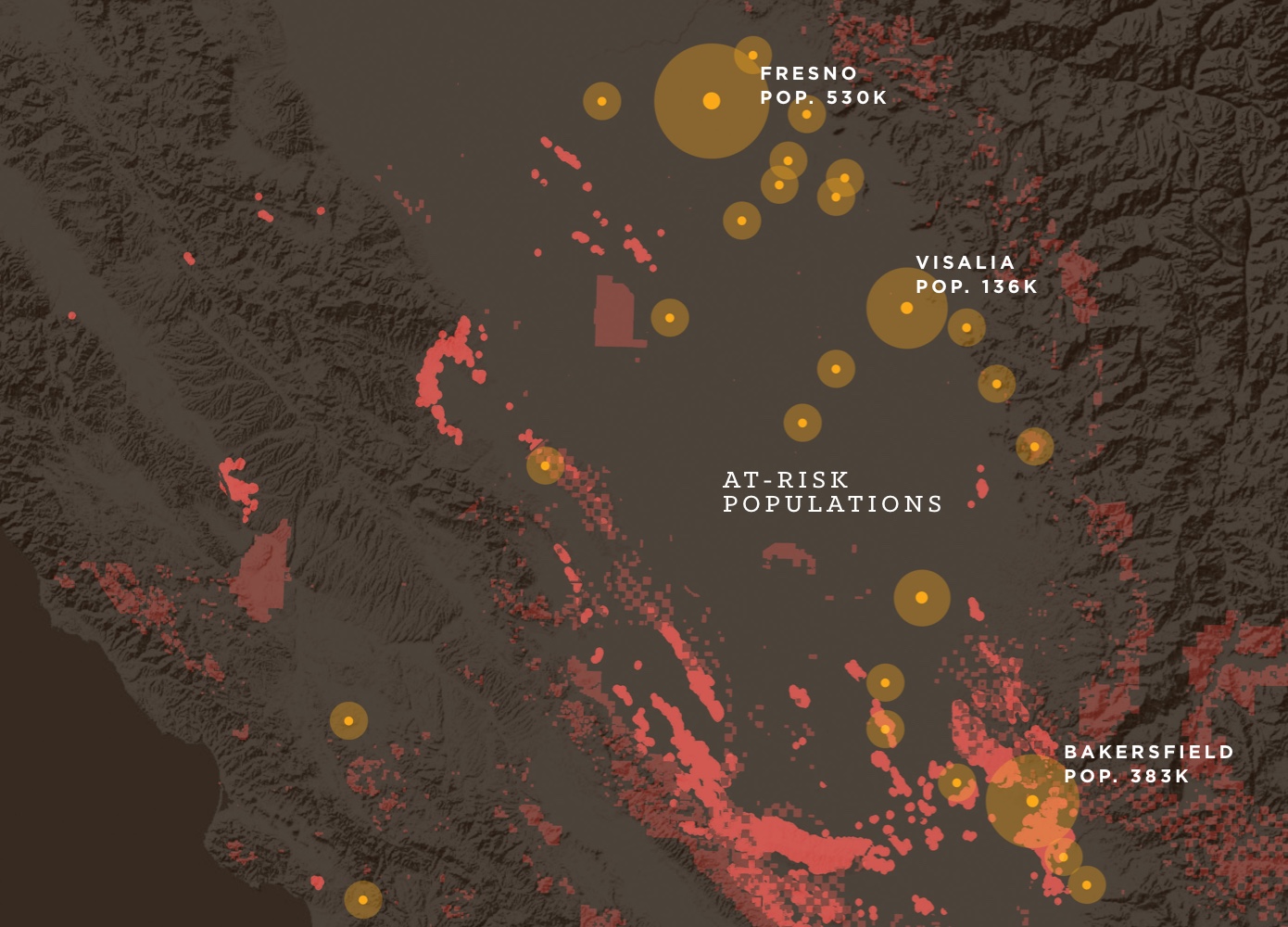
Potential & current oil drilling encroaches on Sequoia National Park & associated sites.
Development would worsen air quality in major population centers, hitting the most marginalized the hardest
By the numbers:
1.2 million Acres proposed for new oil and gas development across California
2,739 Days that air quality in Sequoia-Kings Canyon National Parks was rated “unhealthy” between 1993-2014. Los Angeles had 2,443 bad air days during the same period
8% Percentage of the average drop in visitation to national parks during poor air quality days
National parks have become increasingly threatened by oil and gas development as a result of this administration’s acceleration of drilling within park landscapes and its aggressive rollback of environmental safeguards. To combat these threats and ensure parks are protected for current and future generations, NPCA is advocating for a stronger role of the Park Service in leasing decisions, increased protections in specific park landscapes, curbing of fossil fuel extraction to mitigate effects of climate change and safeguarding of our bedrock environmental laws.

This report clearly demonstrates the need for an oil and gas leasing process that ensures park resources, visitor experience and local park economies are considered when leasing decisions are made. NPCA believes that the National Park Service should be a formal, collaborating partner on all BLM leasing decisions that affect park landscapes and that park landscapes should be a priority for protection in all BLM planning processes. Additionally, NPCA is advocating for the BLM to reinstate the stakeholder-driven, landscape-level planning that considers park resources, communities and oil and gas development together.

National parks protect our country’s cultural legacy, wildlife habitats, clean air and clean water. To protect these resources, NPCA is working to enhance and increase safeguards for park-adjacent federal lands, ensuring these lands are put off-limits from extractive activities.
One example of proactive legislation that NPCA is working to advance is the Chaco Cultural Heritage Protection Act. This bill would withdraw federal lands around the park from new oil and gas development to ensure protection of the cultural and tribal resources and visitor experience.
Other policy solutions include pursuing new wilderness designations or park boundary adjustments, which would ensure increased protections for the park landscapes and increased opportunities for other activities that do not permanently damage our public lands.

National parks are ground zero for some of the biggest impacts of climate change: Glaciers are melting, air quality is deteriorating, wildlife migration patterns are changing and plants are stressed by rising temperatures. Fossil fuel extraction is a major contributor to climate pollution. As part of a comprehensive plan to reduce greenhouse gas emissions and protect our national parks, we must curtail or eliminate extraction of fossil fuels on public lands. Such policies could include increasing the amount of conservation lands protected by the United States, implementing climate change mitigation strategies within the land management agencies, prioritizing nonfossil renewable energy development and limiting the number of lease sales and available acreage for lease.

National parks are not islands of conservation. They depend on healthy ecological connections to the lands and waters that surround them. Air, water and wildlife not only move freely in and out of parks, they also provide invaluable resources for communities and the larger park landscape. If we fail to protect these resources at the landscape scale, both parks and communities suffer the consequences. The Clean Air Act, Clean Water Act, National Environmental Policy Act and the Endangered Species Act are all crucial to the protection of America’s national parks, particularly in areas with immense oil and gas development. Attempts to roll back conservation laws, regulations and policies are direct threats to all parks, especially those that are already vulnerable because of oil and gas drilling.
If this administration continues prioritizing its reckless oil and gas agenda over conservation, wildlife and local economies, America’s public lands will be irreparably harmed. We are already seeing the damage as the natural and cultural landscapes are being scarred and trampled. These are not problems that can simply be fixed after the fact; they must be addressed now. Americans must call on Congress to act now to protect our national parks from runaway oil and gas development. Join NPCA in fighting to protect these special places now and for future generations.
This 2019 report was last updated in Fall of 2020.